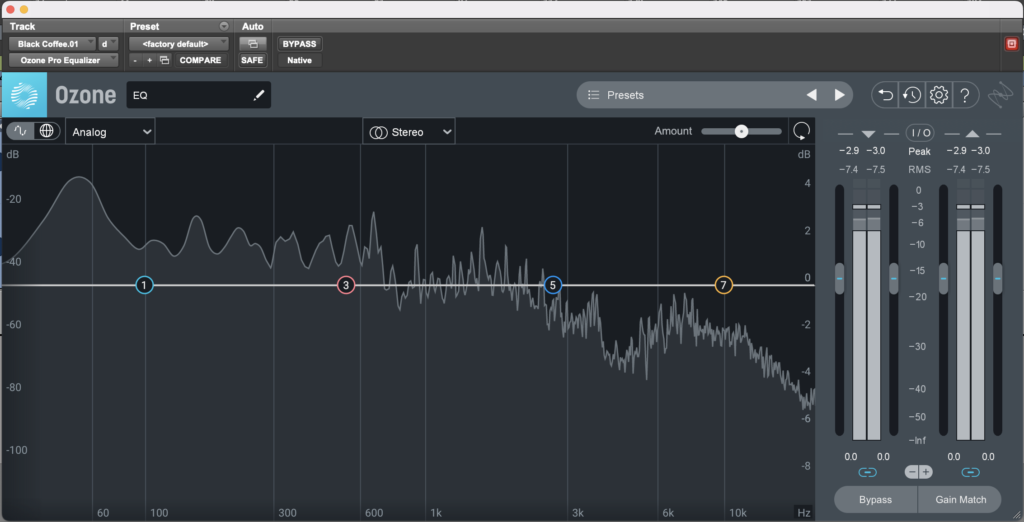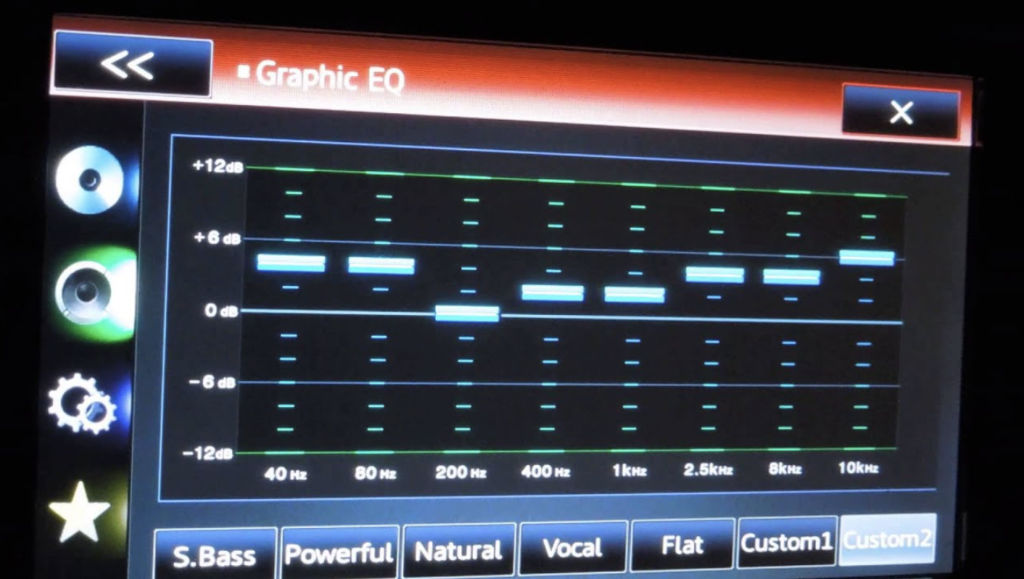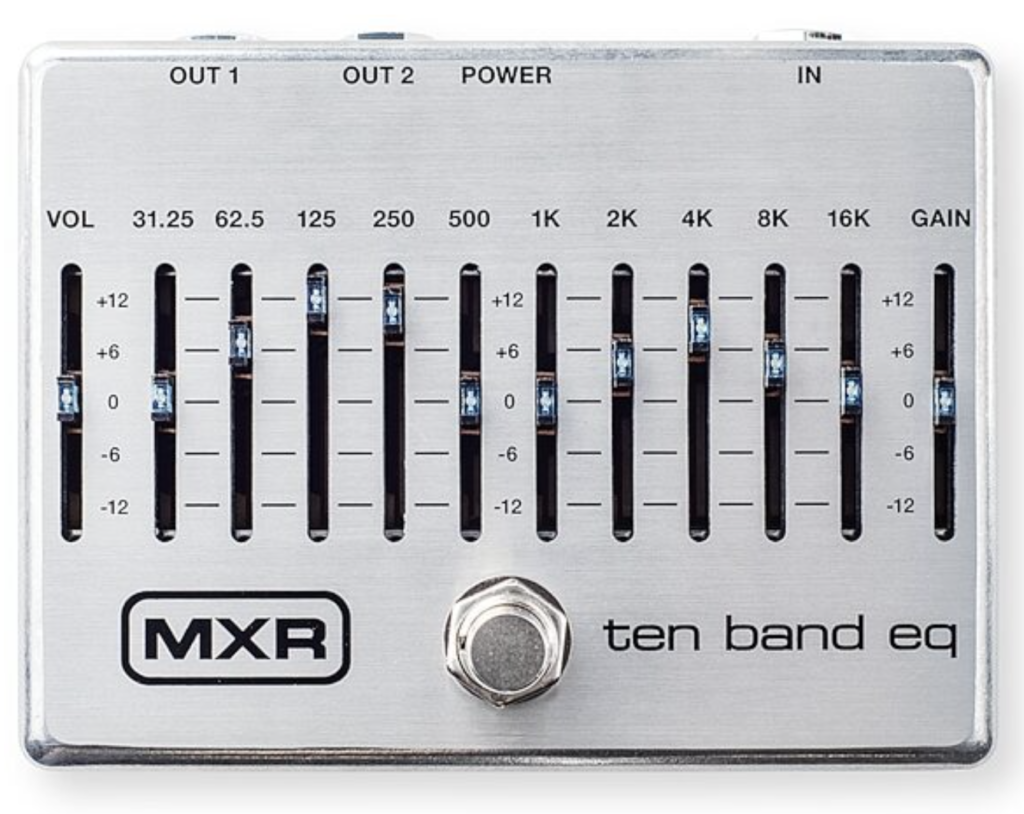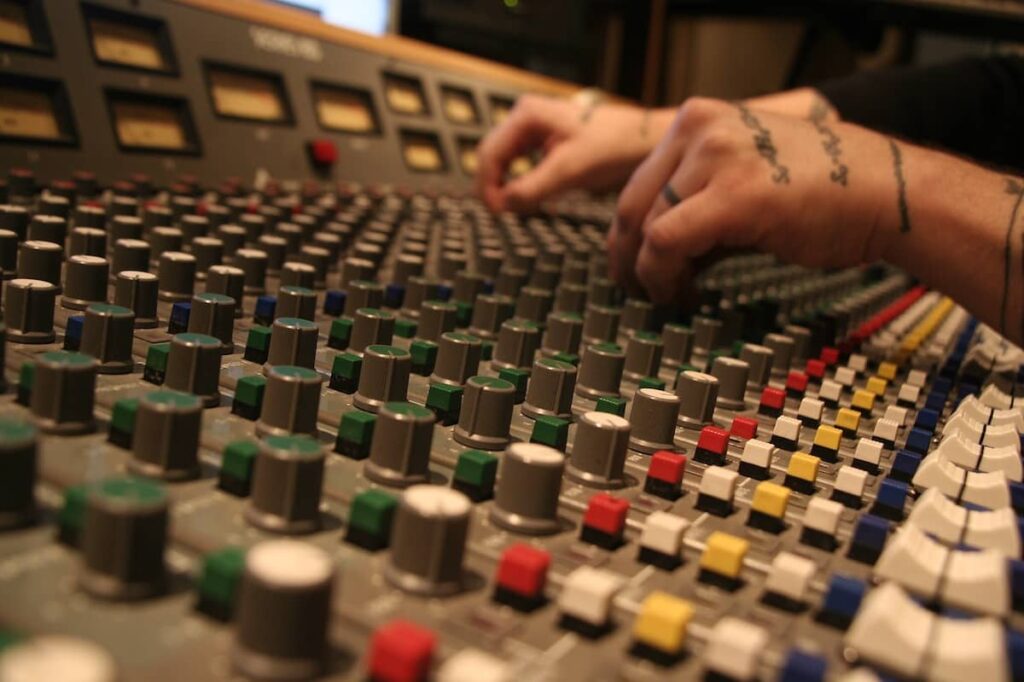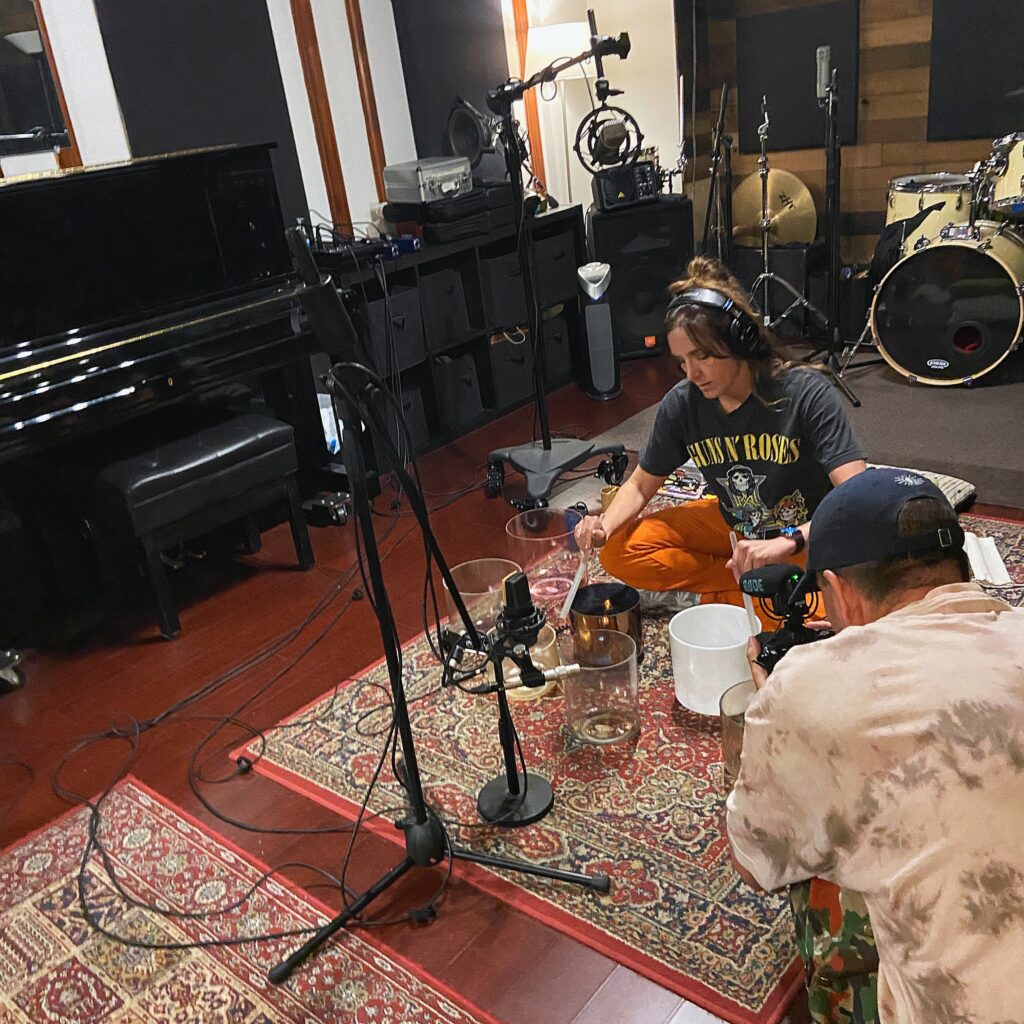
The Sounds of Meditation
We’ve had the privilege recently of working with a company called Maloka – a mindfulness meditation app. They have meditation guides and influencers from all over the world contributing to their suite of meditation programs. When they record in NYC, they use our space in midtown Manhattan. Much of what we do is record the voice-over talent of the meditation artists, making sure their personality and tone are well captured and listeners feel like they’re in the room. But we also love to work with the unique instruments that accompany many of the programs!
Pictured here are a set of crystal bowls that are played to create a ‘sound bath’. The sound is gorgeous. We set up a large condenser mono overhead mic, an omni mic, and a stereo pair of small condensers in front of the player. This allowed us to capture plenty of options to give the performance and the sound a multi-dimensional feel.

